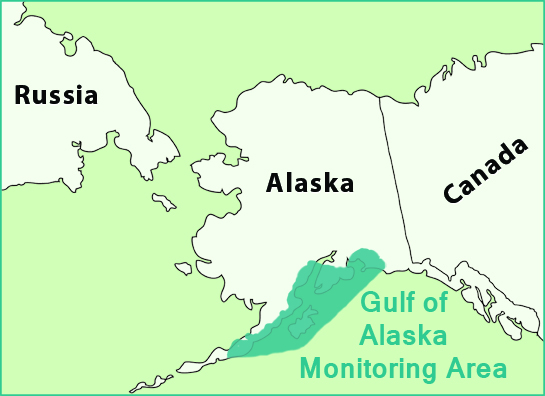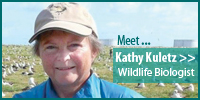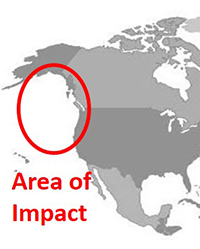 |
|||||||||||||||||||||||||||||||||
The Gulf of Alaska is part of the North Pacific and reaches from the Alaska Peninsula in the west to the Alaska archipelago in the southeast. The coastline includes mountains, glaciers, temperate forests, towns, and cities. Powerful currents in the Gulf of Alaska have helped shape the surrounding land and communities, and circulate necessary nutrients and marine life from the deep waters to the surface. These circulation patterns allow the Gulf of Alaska to thrive with life and sustain some of the largest United States’ fisheries, as well as provide essential habitats for seabirds, marine mammals, and fish to feed and reproduce. As described in Gulf Watch Alaska: Long-term Monitoring, the Gulf of Alaska was impacted by a major oil spill on March 24, 1989. The Exxon Valdez oil tanker ran aground in Prince William Sound, Alaska, and spilled nearly 11 million gallons of oil. An estimated 250,000 seabirds, 2,800 sea otters, 300 harbor seals, 250 bald eagles, up to 22 orcas, and billions of salmon and herring eggs were lost to the spill. Since the spill, scientists have been conducting a long-term ecosystem monitoring study to gain a better understanding of both natural and human-caused impacts to the Gulf of Alaska ecosystem.
The Gulf Watch Alaska long-term monitoring program consists of a team of scientists who work together to measure and watch different parts of the ecosystem spill area. Through cooperation in this project, scientists can see the links, or connections, between all of their areas of study. In science, we call this “systems thinking.” Systems thinking looks at the web of relationships where individual pieces respond on their own and together as a whole. An ecosystem like the Gulf of Alaska is not just a collection of individual animals and plants. It is all living things interacting with each other and with the non-living components around them that drive physical and chemical processes and affect the conditions for survival. The process of systems thinking allows the Gulf Watch Alaska team to harness the power of a network of scientists that all specialize in different research subjects. This power makes the team of scientists well-equipped to solve any mysteries unfolding in the Gulf of Alaska. One such mystery arose in 2014 when people across the Pacific West coast began to notice large quantities of dead or dying birds washing up all along the shore from California to Alaska. As this event expanded, scientists began investigating the intricate network of natural processes in the Gulf to try and uncover the mystery of these dying birds.
Watch the video below and meet Yosty! VIDEO: Meet Yosty Storms
Meet Yosty Storms and learn about a mystery occurring in the Gulf of Alaska. (1:42)
|
Who is watching the Blob?
|
||||||||||||||||||||||||||||||||
 |
|||||||||||||||||||||||||||||||||







